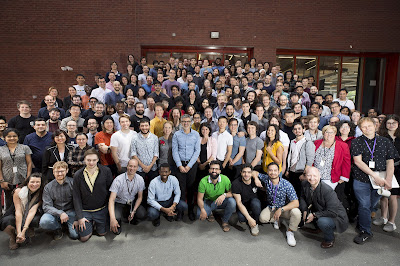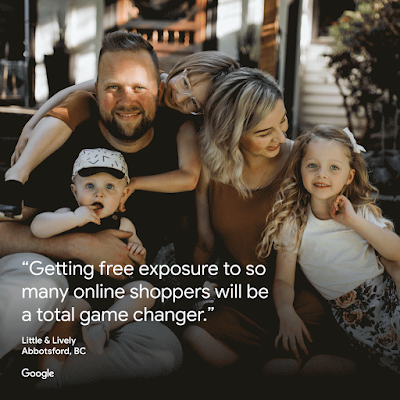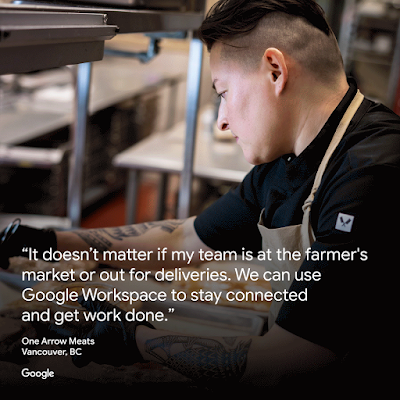In 2020, Canadians came to YouTube to stay informed, learn new skills, and find entertainment and sources of joy. And Canadian creators provided no shortage of options, with new ways to connect with their online communities. To keep us moving and staying active, MadFit made exercise at home easier with no-equipment workouts and routines for small spaces. The Hacksmith’s team used the power of STEM to make a plasma lightsaber. And Julie Nolke kept us laughing, as we imagined how we would explain the pandemic to our past selves.
Top Canadian Creators
This year's #1 video shows how we learned new skills, like how to construct a ninja warrior course for squirrels. We laughed amidst uncertainty with a remix to Prime Minister Trudeau’s interesting choice of words at a COVID-19 briefing. And we were delighted by watching 10-year-old Roberta Battaglia compete in America’s Got Talent, bringing tears to the audience’s (and our!) eyes.
Canada’s Top Trending Videos
- Mark Rober, Building the Perfect Squirrel Proof Bird Feeder
- Dream, Minecraft Speedrunner VS 3 Hunters GRAND FINALE
- Anonymotif, Justin Trudeau Sings "Speaking Moistly"
- Netflix is a Joke, 8:46 - Dave Chappelle
- NikkieTutorials, I'm Coming Out.
- America’s Got Talent, Golden Buzzer: 10-Year-Old Roberta Battaglia Sings Lady Gaga's "Shallow" - America's Got Talent 2020
- MrBeast, $250,000 Influencer Rock, Paper, Scissors Tournament
- JeffreeStar, We Broke Up.
- Dude Perfect, Quarantine Stereotypes
- Paris Hilton, The Real Story of Paris Hilton | This is Paris Official Documentary
In music, 2020 was the year of Justin Bieber and Drake, with both Canadian superstars releasing chart-topping hits. Collectively, they earned half of the 10 slots on the Top Music videos list.
Canada’s Top Music Videos
- Future, Life is Good ft. Drake
- Tekashi 6ix9ine, Gooba
- Justin Bieber, Yummy
- Eminem, Godzilla ft. Juice WRLD
- Sidhu Moose Wala, Old Skool
- Cardi B, WAP ft. Megan Thee Stallion
- Drake, Toosie Slide
- DaBaby, ROCKSTAR ft Roddy Ricch
- Justin Bieber, Intentions ft. Quavo
- Drake, Laugh Now, Cry Later
When it came to ads, we watched relatable content that addressed the challenges and opportunities of our new normal. No Frills sang about physical distancing in “A Cart Apart”, SkipTheDishes and Jon Hamm encouraged Canadians to support local restaurants, and Rick Mercer ranted about discovering the beauty of our country.
Canada’s Top Ads
- Kia Canada - All-New Kia Seltos | Subcompact SUV built for the real you
- CANADA Explore | Explorez - Rick Mercer's rant on travel in Canada | Explore Canada
- Apple Canada - Shot on iPhone 11 Pro — Hockey Tape — Apple
- No Frills - A Cart Apart – A No Frills Track
- Chromebook - Switch to Chromebook - Watch Netflix Offline
- IGA - IGA x Bleu Jeans Bleu - Oublie pas tes sacs (vidéoclip officiel)
- Air Canada - Air Canada: Ready for Takeoff
- IKEA Canada - IKEA Canada | Make the Most of Home | Episode 1 with Marcy Mussari
- Historica Canada - Heritage Minute: Liberation of the Netherlands
- SkipTheDishes - Jon Hamm Thanks Canadians
As the world changed in unimaginable ways, these creators, brands and artists helped make this year just a little brighter, sharing music, workout routines, and some great laughs. We can’t wait to see what they do in 2021.
For a deeper look at the way video trends shaped digital culture in 2020, check out the Culture & Trends site.



